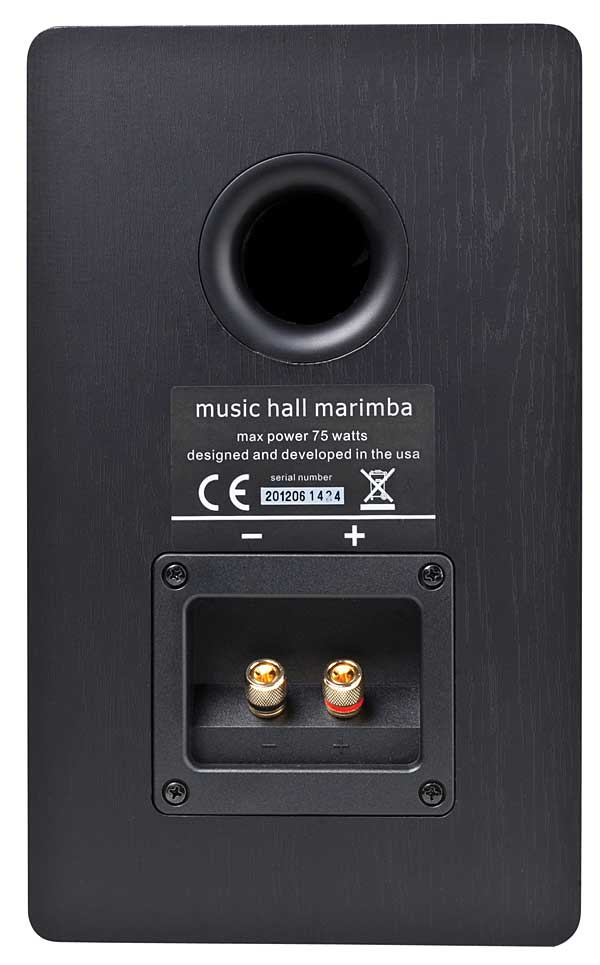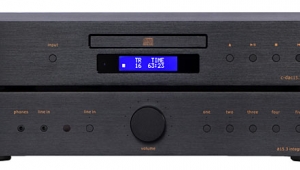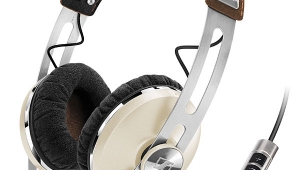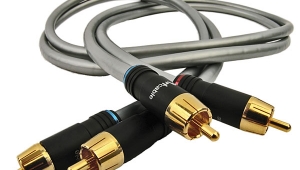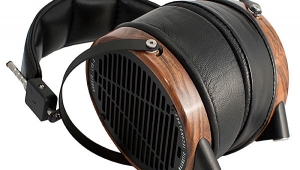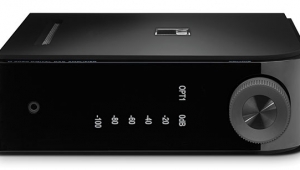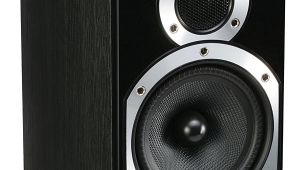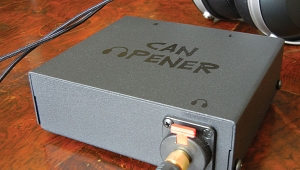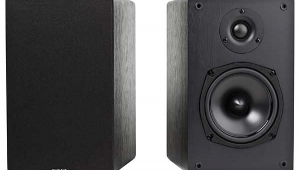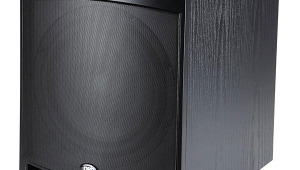| Columns Retired Columns & Blogs |
Since you encourage older audiophiles to share their experience and wisdom, here's mine: No reader, old or young, wants to slog through endless amounts of prose about someone else's life while trying to find the actual subject of the column. Also, criticizing your target audience in unpleasant terms isn't generally a good idea.These things just make you seem like a bad, self-absorbed writer--typical of the young, I guess. Sorry if I'm joyless for not sharing your self-absorbed joy in writing endlessly about yourself (1,102 words), but that's me--a joyless old audiophile who doesn't want his time wasted. A line or two, or a paragraph or two, is plenty. I don't enjoy this any more than I enjoy Tyll Hertsen writing endlessly about his travels to audio shows on the Inner Fidelity website while hoping someday he'll actually review one of the many pieces of gear he's mentioned seeing there. I write this sentence just so I can use "young and self-absorbed" as often as you use "old and joyless." As I think you know, I enjoy your columns and always read them. I'm just afraid that next you'll start describing your sex life graphically online, like young people do these days.
